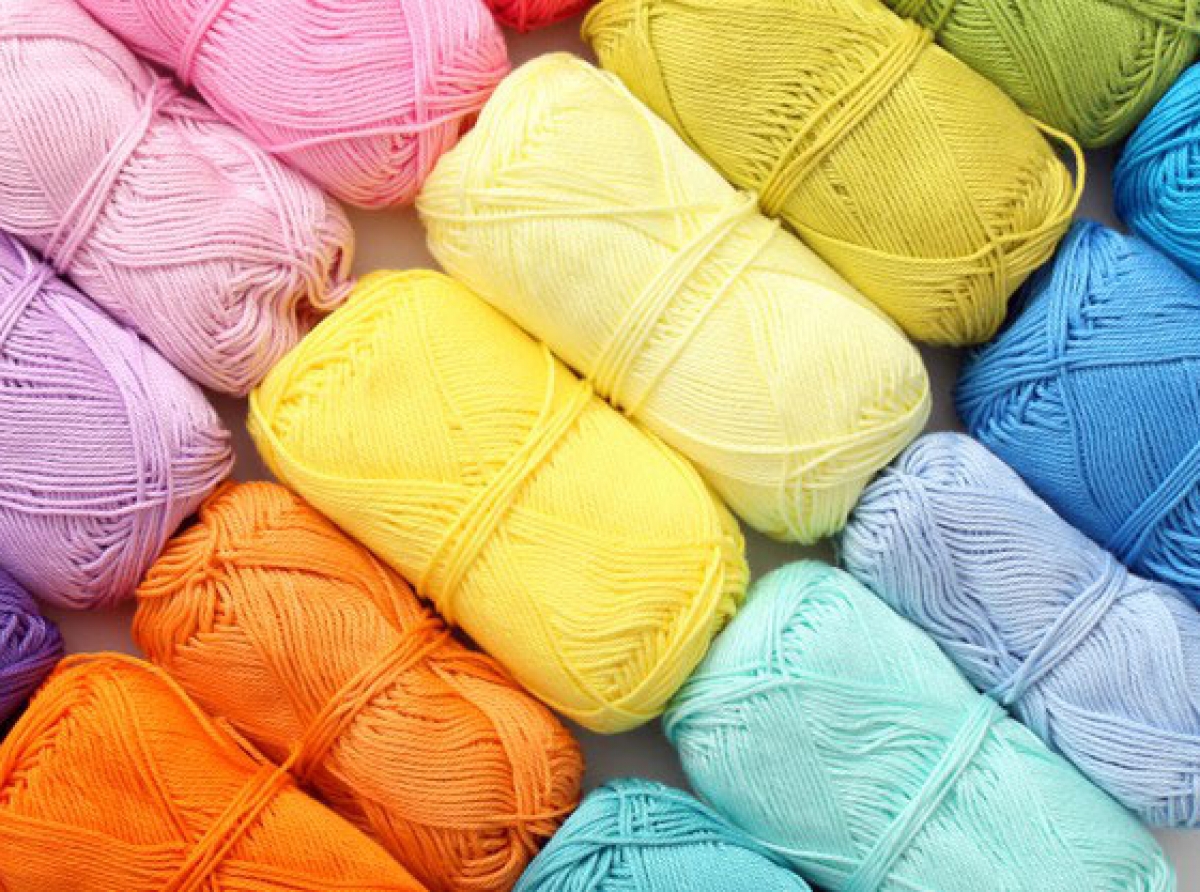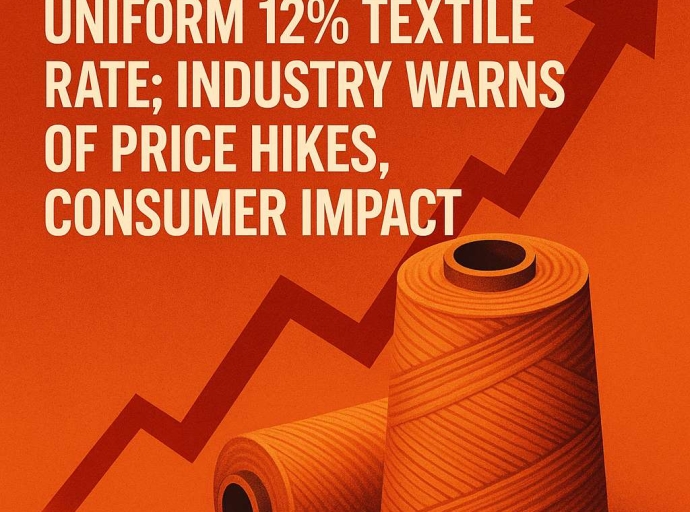India’s knitwear industry loses revenues as raw material prices surge

The Tirupur knitwear industry faces a grave threat with increasing yarn and raw material prices that have surged almost 43 per cent per kg in the last eight months. Surge in raw material prices threatens to derail the growth of knitwear cluster that has just started to recover from second COVID-19 wave.
Exporters seek government aid to curb price rise
The knitwear industry lost almost Rs 10,000 crore in revenues during the second wave as raw material prices surged manifold. From November 2020 to June 2021, the price of 30s combed yarn increased 43 per cent to Rs 330 per kg while lycra price went up 100 per cent, raising concerns for Micro, Small, and Medium Enterprises (MSMEs) category. As Raja M Shanmugham, President, Tirrupur Exporters’ Association (TEA) says, the government should impose a cap on rising yarn prices.
Spiraling yarn prices further raised cotton prices that surged from Rs 48,000 in November 2020 to Rs 54,000 in June 2021. This led to losses worth thousands of crore for MSME exporters who could not absorb hike in prices due to low production capacity and factories remaining shut for almost two months, says K G Ganeshan, Partner, Swell Knit.
Indian exporters lose ground
Exporters’ problems compounded with buyers refusing to pay more than the agreed price for products. Demonetization, GST and global slowdown aggravated their losses as they were further hit by the two pandemic waves.
Though most exporters staged a quick recovery from the first wave, the second wave isolated them from global counterparts. As the government reimposed lockdowns, apparel trade halted across the country. This enabled India’s competitors including Bangladesh and Vietnam to race ahead in apparel exports to the EU and US, adds Shanmugham. These countries also benefitted from keeping most of their units open during the pandemic.
Latest Publications

































